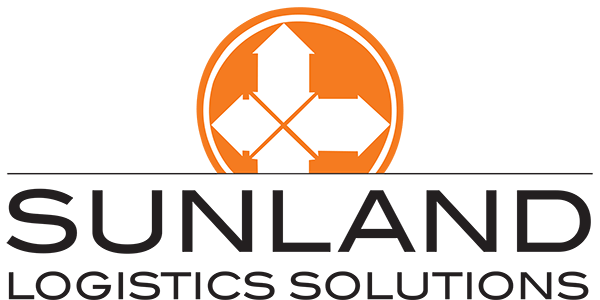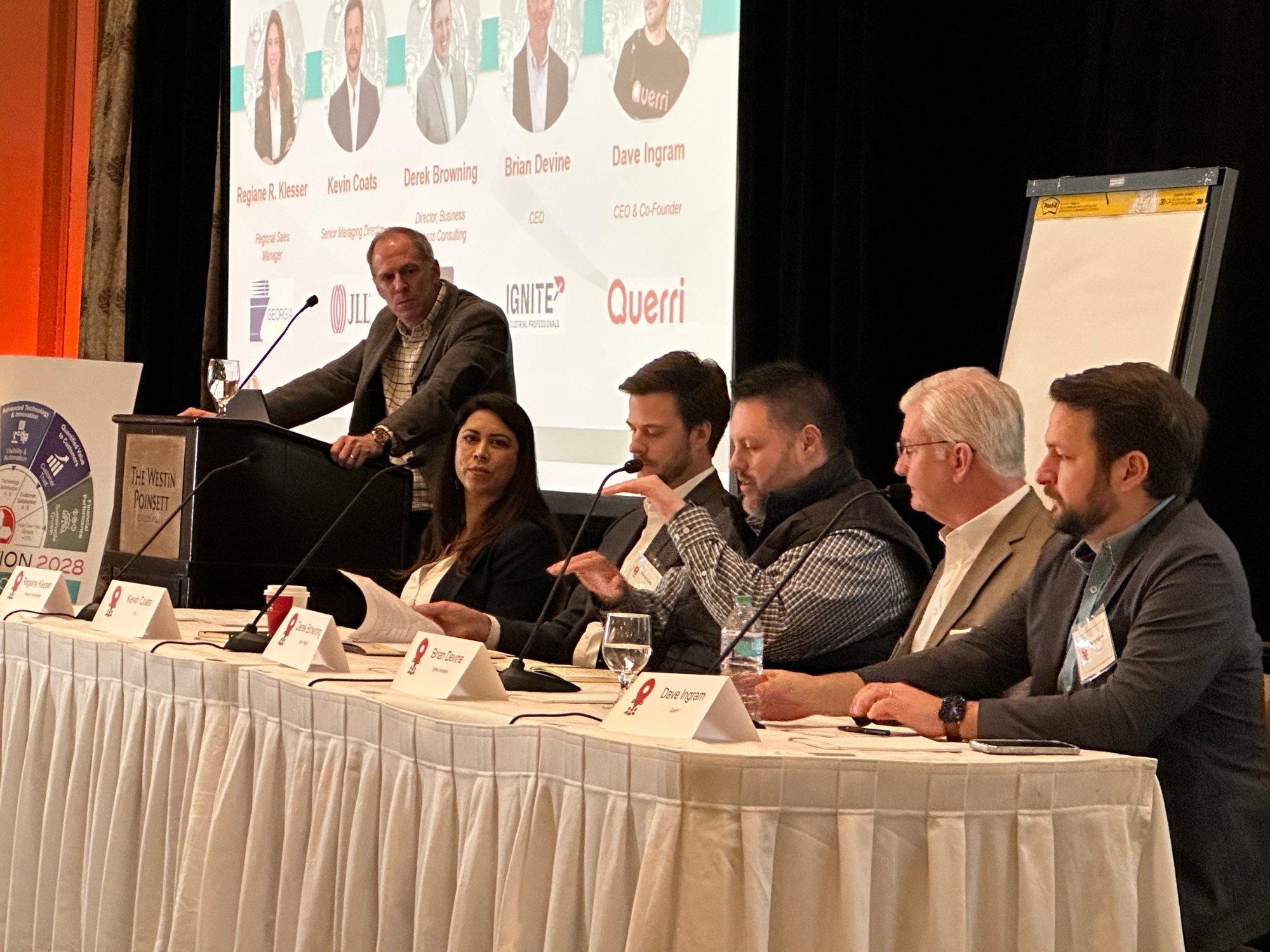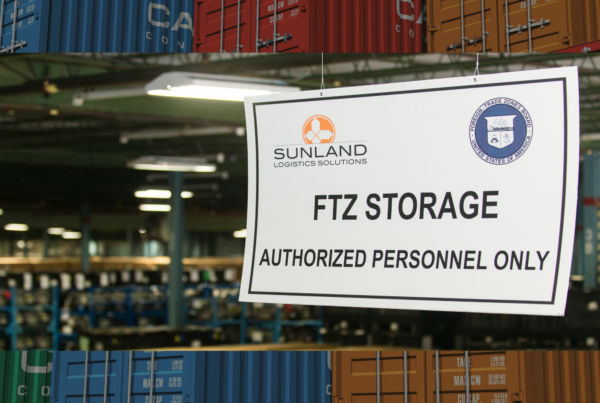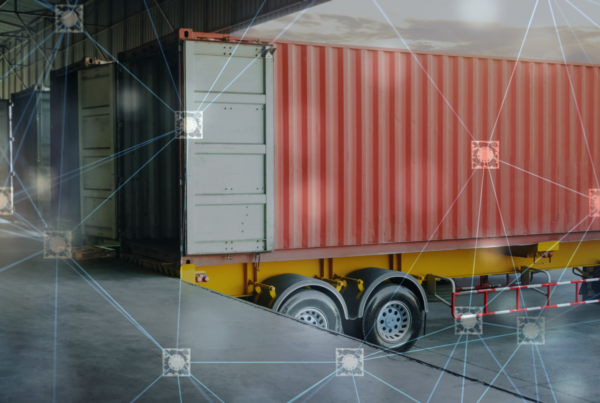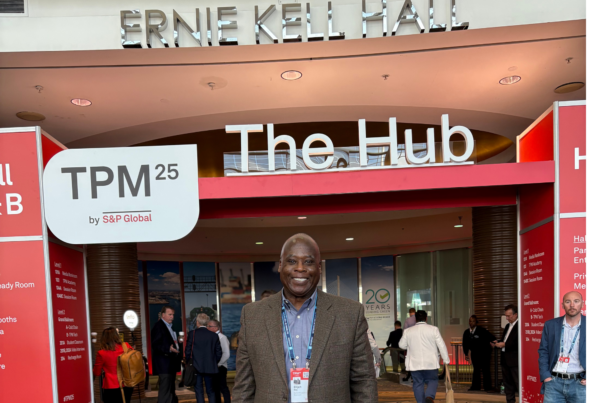The second day keynote for Sunland’s 2025 Voice of the Customer Event began with an insightful talk led by Dr. Thomas Goldsby from the University of Tennessee that transitioned into a panel discussion with industry experts. Dr. Goldsby set the stage by sharing current supply chain challenges, emerging trends, and the future industry outlook. It is worth noting this discussion took place on January 16, 2025, just prior to the presidential inauguration. The panel discussion covered a wide range of topics, including supply chain complexities, labor market dynamics, real estate trends, and the role of technology.
Panelists:
- Regiane Klesser – Georgia Ports Authority
- Kevin Coats – JLL
- Derek Browning – Uber Freight
- Brian Devine – Ignite Industrial Professionals
- Dave Ingram- Querri
Key Themes and Ideas:
Supply Chain Complexity and Volatility:
- End-to-End Interdependencies: The panelists emphasized the complex, interconnected nature of supply chains, from “Tier 3 to n suppliers – Focal Company – Tier 3 to n customers – Consumers / end customers.”
- Multiple Disruptors: Supply chains have been impacted by various factors, including “Trade Scuffles + COVID-19 + War.” These events have highlighted the need for greater resilience.
- Demand Swings and Market Anxieties: General market anxieties, inflation, and recessionary fears continue to impact demand patterns, adding to supply chain volatility.
- China vs Mexico: “China has been surpassed by Mexico as primary import partner to the US.”
The “Supply Chain Storm” Subsiding (For Now):
- GSCPI Decline: The Global Supply Chain Pressure Index (GSCPI) indicates a decrease in supply chain pressures following the peaks associated with COVID-19 waves and the Russian invasion.
- Modal Recap: All major railroads are making investments.
- No East Coast/Gulf Coast Port Strike: “No port strike it seems for gulf coast and east coast.” This will help the continued growth momentum on the east coast.
Focus on Resilience, Agility, and Optionality:
- Shifting Priorities: Companies are increasingly focused on building resilience and agility into their supply chains. This involves creating optionality to respond to disruptions.
- Planning is Key: Companies that doubled down on supply chain planning since 2019 were better equipped to “absorb disruption” and even “flourish.”
- Agility Menu: Companies that are able to respond more agilely to market changes have multiple options for responding to disruptions.
Regionalization and Diversification:
- Reducing Over-Dependence: The discussions highlighted the need to diffuse over-dependence in supply chains, likely related to reliance on single sourcing or specific geographic regions.
- Regionalization Accelerating: “Regionalization is accelerating… but it takes a long time to reshuffle the supply chain.” This suggests a move towards shorter, more localized supply chains.
Technology and Teamwork:
- Tech & Teamwork to Achieve Balance: The panel emphasized the importance of both technology and teamwork in managing complex supply chains.
- Data Visibility: “Visibility leads to predictability.” Companies are leveraging technology to improve supply chain visibility and enable faster, more informed decision-making.
- Data Overload: “The average company has 87 software platforms that they are storing data in.”
- Data Driven Insights: There are many more tools today that can help inventory and demand forecast, all of which come from your visibility to the supply chain and every part of your business.
- Automation: Automation and robotics have made and will continue to make workers more productive.
- Sensing, Thinking, and Responding: “Technology allows us to sense, think and respond faster to imbalance.”
Labor Market Dynamics:
- Recovery and Challenges: The labor market has largely recovered from the pandemic, but challenges remain, including a shrinking labor force.
- Labor Force Deficit: “Between now and 2029, there will be 4 million people exiting the workforce. To stabilize, we need that many joining. There is currently a deficit of 1.5 M. It has opened a 5.5 million void.”
- Impact on Location Decisions: “Labor availability issues factor into tenants decisions in opening locations.” This highlights the critical role of labor availability in industrial real estate decisions.
- Pay Rates vs. CPI: “Pay rates were increasing before the pandemic hit, now it has slowed and met with the CPI.”
Commercial Real Estate Trends:
- Subdued Leasing & Low Absorption: “A slowing economy, inflation, and logistical realignments have contributed to subdued leasing volumes” and “Lowest net absorption in twelve years.”
- Vacancy Increase: “Vacancy has skyrocketed to where is was before pandemic. 6.5 percent vacancy. 16-18 percent in certain markets.”
- Slowing Deliveries: “Industrial deliveries downshift through 2024, coming to a crawl through 2025”
- Rents Continue to Increase: Despite slowing activity, rents are still rising.
- “Labor availability issues factor into tenants’ decisions in opening locations.”
Transportation Industry Challenges:
- Driver Recession: “CDL drivers in the transportation industry has been the deepest recession they have seen in history.”
- Increasing Insurance Costs: “Insurance has increased rapidly for carriers.”
- Rate Increases: “Volumes are down, but rates are still increasing.”
- Data Cleanliness: “One of the largest challenges for optimizing transportation is data cleanliness.”
The Customer Experience:
- Evolving Expectations: “Consumers expectations have increased, causing the supply chain experience to change to the ‘customer’ experience.”
- E-commerce Growth: “Ecommerce has continued to grow. 23% of total retail sales are online. 2018 it was 14%.”
- Increased Public Awareness: The pandemic and subsequent disruptions brought supply chain issues to the forefront of public consciousness.
When looking ahead it was said that 2025 should be strong in terms of activity; however, disruptions will continue. It is important for companies to focus on improving the agility of their supply chains.
